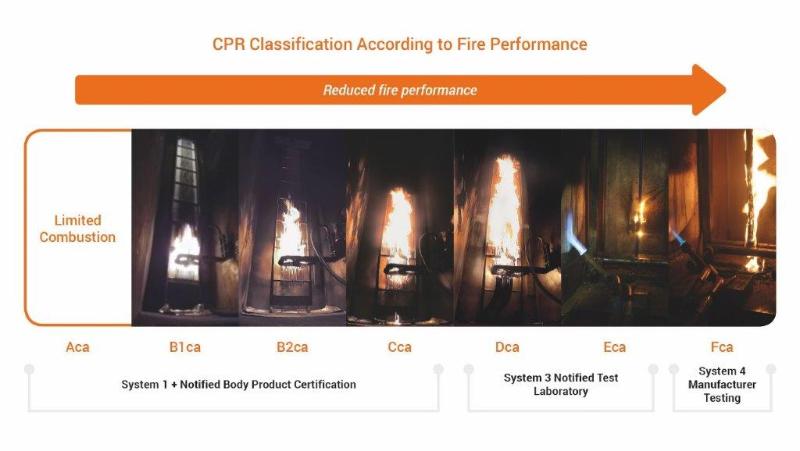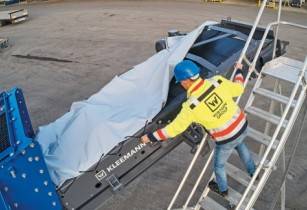Two years after CPR was introduced for cables across Europe, Experts in fire? BASEC reflects on how manufacturers have responded worldwide and how demand for testing has evolved
CPR offers manufacturers and suppliers many options for cable classification, including a range of performance classes and optional additional tests. When it was first introduced, many manufacturers undertook rapid testing to achieve class Eca, the entry level for most cables.
While this test meets basic CPR requirements, manufacturers are now looking strategically at their cable portfolio and seeking customer input to class requirements, driving requirements upwards.
While most manufacturers simply tested their regular products without making modifications, more organised manufacturers, were confident of their likely performance and went straight to large-scale testing at the higher classes.
In the initial months of CPR testing, BASEC tested a significant number of EN 50399 cables. Some of these cables, however, performed according to their manufacturers? expectations, others performed so poorly that they did not even achieve class Dca. Of this poor performance group of cables, those with friable exterior layers but with very combustible interior components were found to be prone to loss of integrity and therefore achieved disappointing results.

If a cable contains combustible interior components, the performance of the sheath or jacket material to the test burner is vital to overall performance and classification.
Progressive manufacturers are now revisiting their cable specifications and classifications, many seeking to upgrade their performance levels to or above Cca classes. Since cable designs may require reassessment, they are increasingly engaged with compound suppliers. Care should be taken to avoid invalidating other approvals if compounds are changed.
As CPR settles, BASEC is now starting the next phase, in which end users and specifiers, including specialist electrical and fire engineers, get used to the new classification system and use this information in their building designs, either to meet regulatory requirements or by taking advantage of better information on the reaction to the fire performance of cables.
BASEC is one of the leading notified bodies working with manufacturers and suppliers to test and classify cables. It has worked on a large number of projects across many cable types and can support the business through independent certification and testing.
Click to learn how you too can gain CPR & fire testing approvals!
Visit BASEC at MEE 2019 Dubai in Hall 8 on stand F.39!



























